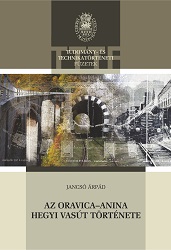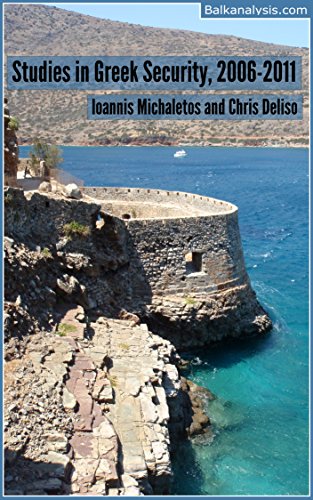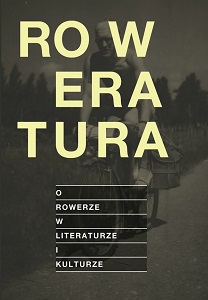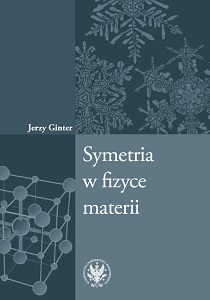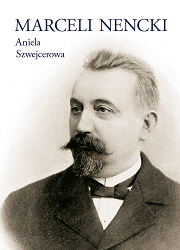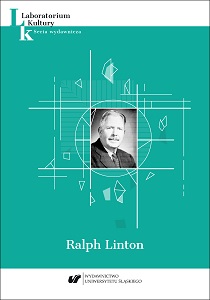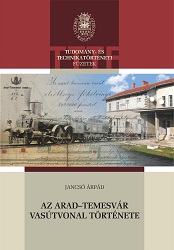
Az Arad-Temesvár vasútvonal története
The two citys of Arad and Temesvár/Timişoara, being both rivals and sister-castles at times, were connected to the European railway network at one year’s difference. The Szeged–Temesvár/Timişoara section of the Imperial and Royal Privileged Society of Austrian National Railways (StEG) was inaugurated on 15 November 1857, and the Arad– Szajol section of the Pest–Arad railway of the Tisa Region Railway Society (TVV) was opened on 25 October 1858.The two large neighbouring cities, Arad and Temesvár/Timişoara, situated at only 55 km distance from each other, had no direct railway connection.Several attempts were made to build a railway between the two cities, but remained uncompleted due to the lack of funding.After the 1867 reconciliation and the foundation of the dualist state of Austro-Hungary, the laws which prevented economic development and the industrialization of the area were abrogated; the Vienna court had previously used this area as a supplier of cheap resources and an agrarian territory. As a result, industry began to thrive, and railways enmeshed the country, offering transportation means for various goods. The new circumstances raised once again the issue of constructing a railroad between Arad and Timişoara. The city council of Timişoara used heavy lobby for this purpose.One of the promoters of the project was the legendary 1848 General György Klapka, originating from Timişoara, who returned to the country after a long period of emigration, during which he had the possibility to get acquainted with the role of the railroad in the development of Western countries.Klapka requested and received the approval for the initiation of the preliminary procedures. The hardest job he had to face was again the raising of the necessary funds. Klapka turned to several financial institutions in the country and abroad. With great difficulties, he managed to convince the General Hungarian Credit Bank, the Imperial and Royal Privileged Institute of Industrial and Commercial Credit, the Darmstadt Bank for Commerce and Industry, the Sultzbach brothers from Frankfurt am Main, and Cramer Klett from Nuremberg. Klapka and his partners presented their request for the authorization of the construction works.The first two banks changed their mind, therefore the authorization was issued for the following names: the Darmstadt Bank for Commerce and Industry, the Sultzbach brothers from Frankfurt am Main, György Klapka, and Cramer Klett from Nuremberg. The authorization was granted by law no. XXXVII signed at Buda on 3 December 1868 by His Majesty Franz Joseph Emperor of Austria, King of Bohemia, etc. and Apostolic King of Hungary, and by Count Gyula Andrássy, Prime Minister (We, considering it correct, pleasant and accepted both this law and everything contained in it, both as a whole and in its details, we approve of it by our royal power, we enforce it and sanction it, respect it, and oblige all our subjects to respect it”). The law was voted in the Parliament at Pest, on 5 December in the Lower House, and on 5 December 1868 in the Upper House.The law stipulated that the Hungarian state granted interest guarantee for the construction of the Arad–Temesvár/Timişoara railway, which started from the Arad railway station of the Tisa Region Railway Society and ended in the Timişoara railway station of the StEG society. The following stations would be built on the route: Újarad/Aradul Nou, Németság/Şagul, Vinga, Orczyfalva/Orţişoara, Merczyfalva/Merţişoara, and Szentandrás/Sânandrei. A condition imposed by the law was that the beneficiaries of the authorization should start the construction works within three months at latest after the enforcement of the law, and finish them within a year and a half, after which the railroad must become operational.The law stipulated the way of expropriations that had to be done on the expense of the beneficiaries of the authorization, and provisioned the methodology of the expropriation of lots of land needed in the case of double lines. The beneficiaries had the obligation to guarantee the observation of technical conditions and the deadlines for the completion of the works. The projects had to be approved by governmental institutions as well. The state also offered a guarantee: in case the net profit would not have reached 39,500 silver florins per mile over a year, the state obliged itself to pay the difference over the whole period of the authorization (this way, until its nationalization, the state paid around 4 million florins for the railway society). The authorization period was established for 90 years, with the possibility for the state to buy it back after 30 years.The beneficiaries had to prove they possessed 30% of the investment capital. The Ministry of Public Works and Commerce and the Ministry of Finance were empowered to supervise the fulfilment of the legal conditions.On the basis of the article in the establishment act the beneficiaries of the concession for the construction and operation of the Arad–Temesvár/Timişoara railroad founded the corporation “Arad–Temesvár Railway”.The statute of the society was approved “at the highest instance” on 3 March 1871, and confirmed by order no. 4061 of 23 March 1871 of the Hungarian Regional Ministry of Public Works and Transport.Before starting the construction works, according to the legislation an administrative reambulation was needed. The representatives of all parties concerned took place in it, and an official report was drawn up which contained all problems of common interest. The reambulation took place on 20 March 1869. Afterwards, the Minister of Public Works and Transport issued the authorization for building. Since the military authorities asked for the replanning of a section next to the castle of Arad and its being moved at a distance longer than the range of a cannon shot, the authorization was given except for this section. Consequently, the route of the railway between Arad and Aradul Nou had to be replanned for a new location. This was indeed done, and in October a new administrative reambulation of this section took place, after which the authorization for this section was also issued. The works started very enthusiastically, but soon the military authorities came up with new pretences. As a result of misunderstandings and disagreements with the military authorities, the works were paused. The government ordered the establishment of a mixed committee formed by the representatives of civil and military authorities, which would clarify all problems and disagreements raised at the site. The delay lasted quite long. So, although the works started in April 1869, because of the obstacles of the military authorities, they were only completed 11 months later than it was imposed in the authorization of concession. Finally, after the works were finished, the Arad–Temesvár/Timişoara railroad became operational and was solemnly inaugurated on 6 April 1871. The government took into account that the delays were caused by the unfriendly attitude of the military authorities and returned the guarantee of 300,000 florins. The construction company chosen by the society was Schwarz and Fleischmann from Pest.6 steam engines, 19 passenger coaches and 79 freight cars were used for the operation of the railway.For a short period of time the railway services were offered by the company “Alföld–Fiumei Vasút Rt” (Alföld–Fiume Railway Corporation), then by TVV. After the nationalization of TVV in 1880 and its incorporation into the Hungarian State Railway Company (Magyar Államvasúttársaság, MÁV), this company took over also the operation of this railroad.The Arad–Timişoara line connected the lines of two rivalling private railways. Both of these societies wanted to control this line. The battle was won by StEG, which managed to buy the majority of the shares, gaining thus control in the general assembly of the shareholders. Once all the lines of the Imperial and Royal Privileged Society of National Austro- Hungarian Railways, which lay on the territory of Hungary, were bought back by the state, the Arad–Temesvár/Timişoara line became the property of the Hungarian Railways. MÁV made a series of modernization works: the rails were replaced with heavier ones, several bridges were rebuilt, and the over-structures were made of cast steel, the old metal bridge of Arad was replaced by a new metal bridge.Three other railroad lines were later connected to the Arad–Temesvár/Timişoara line: the Timişoara–Lovrin line (in 1895), the Szentandrás/Sânandrei–Varjas/Variaş line (in 1908) and the Varjas/Variaş–Arad line (in 1910).After WWI the Arad–Temesvár/Timişoara line was moved to the patrimony of the Romanian state. The administration, operation, and maintenance of the line was taken over by the Romanian Railways (CFR). In the period 1945–1948 another reconstruction took place, followed by others between 1967 and 1968.At the restoration of the Timişoara–Şagu line (1979–1980), rails of 60 and 65 kg were used. Such works were also conducted on the section between Arad and Aradul Nou in the period 1986–1987.After 1990 the old over-structure of the bridge over Maros/Mureş river was also replaced.The book is an exhaustive presentation of the history of the construction of the Arad–Timişoara railway, and it is based on the research of original documents and plans. Naturally, materials published in various monographs, books, or periodicals have also been used. The book contains very many copies of documents previously unpublished, maps, and photographs.Written by an expert in the field, but in a widely accessible language, the book is addressed both to the wide audience interested in the history of technology and transportation, or in local and regional history, and to experts who may find a plethora of very accurate technical data, gathered from documents of the age, and preserved in various archives.
More...
